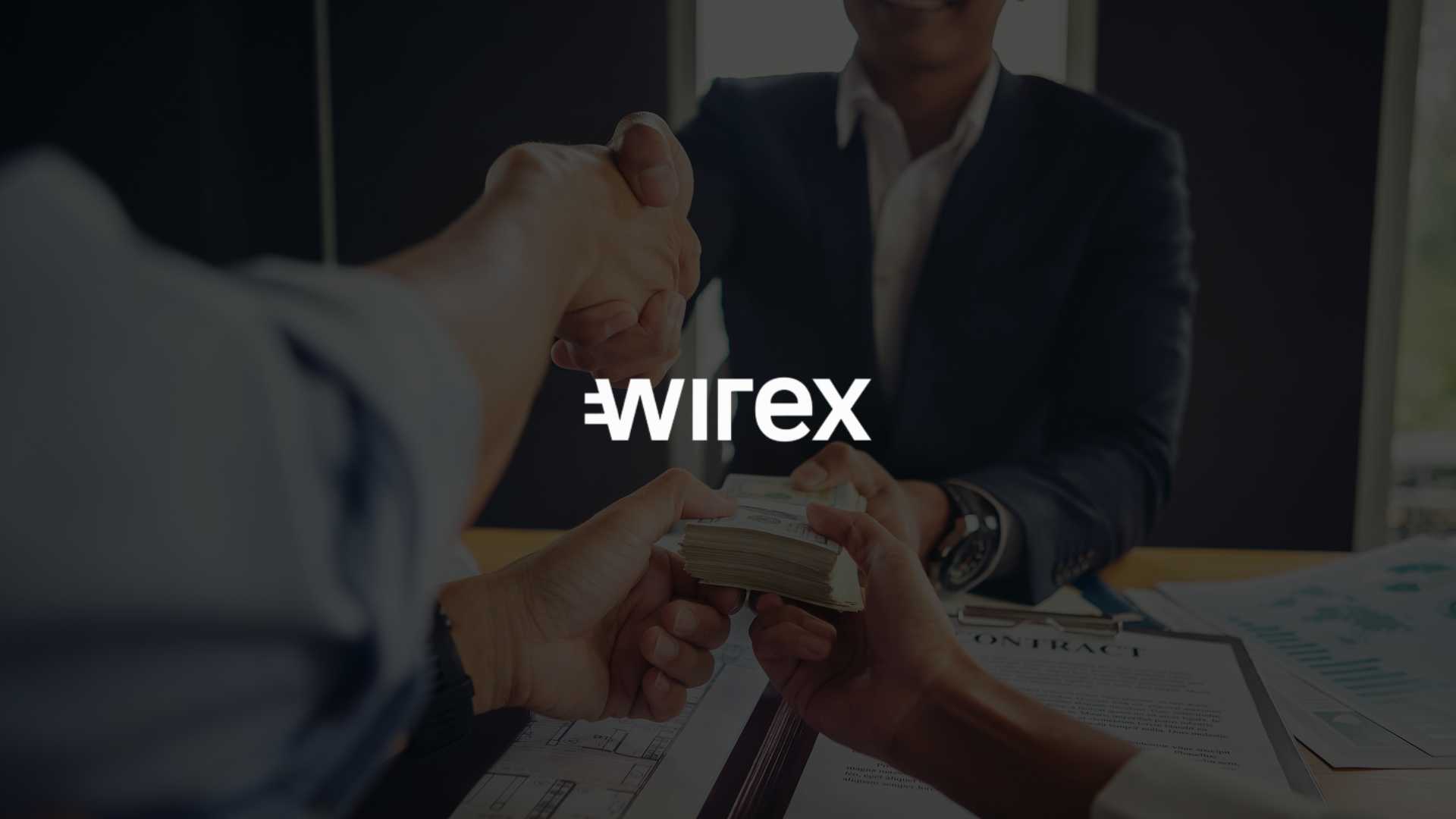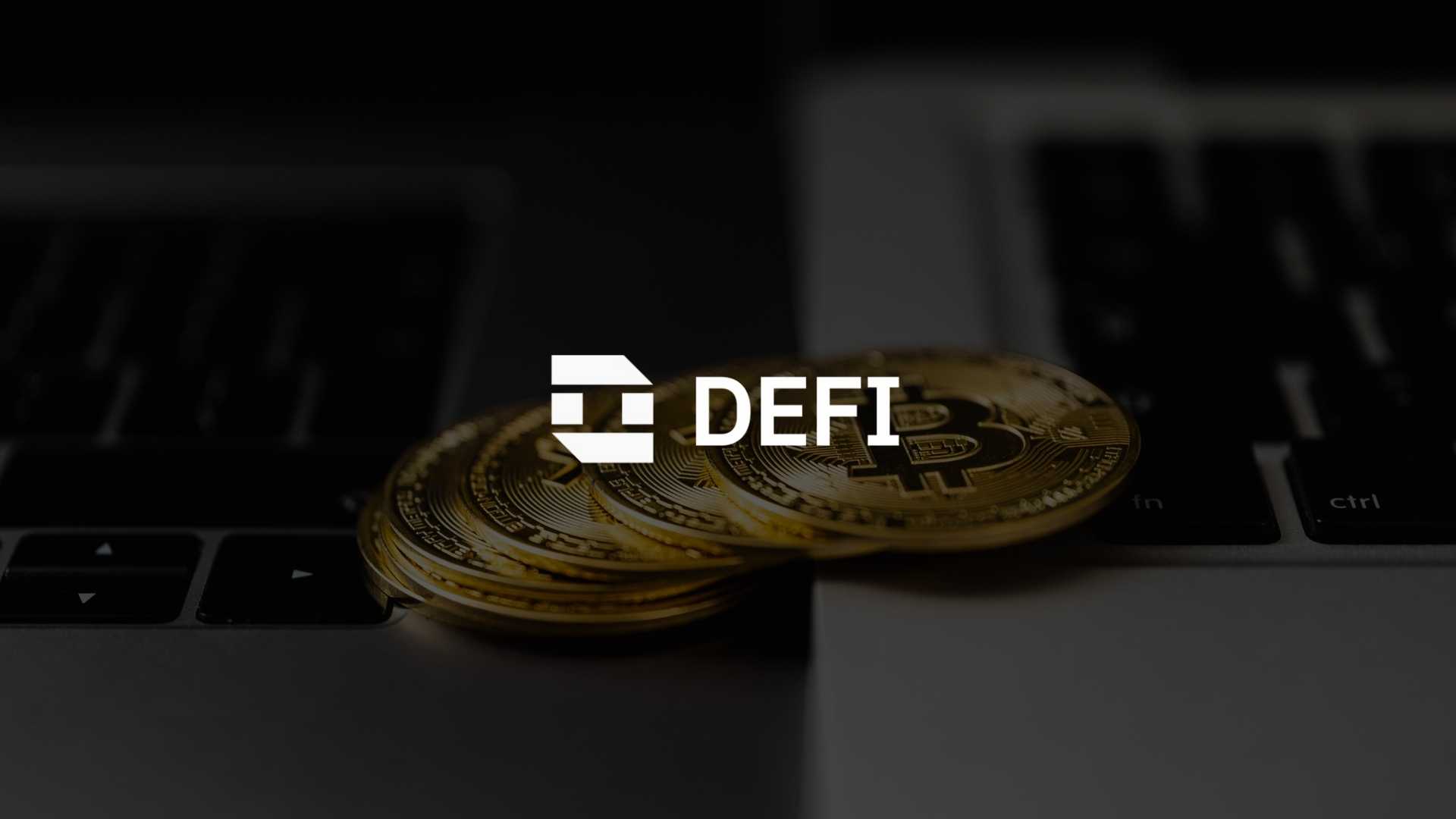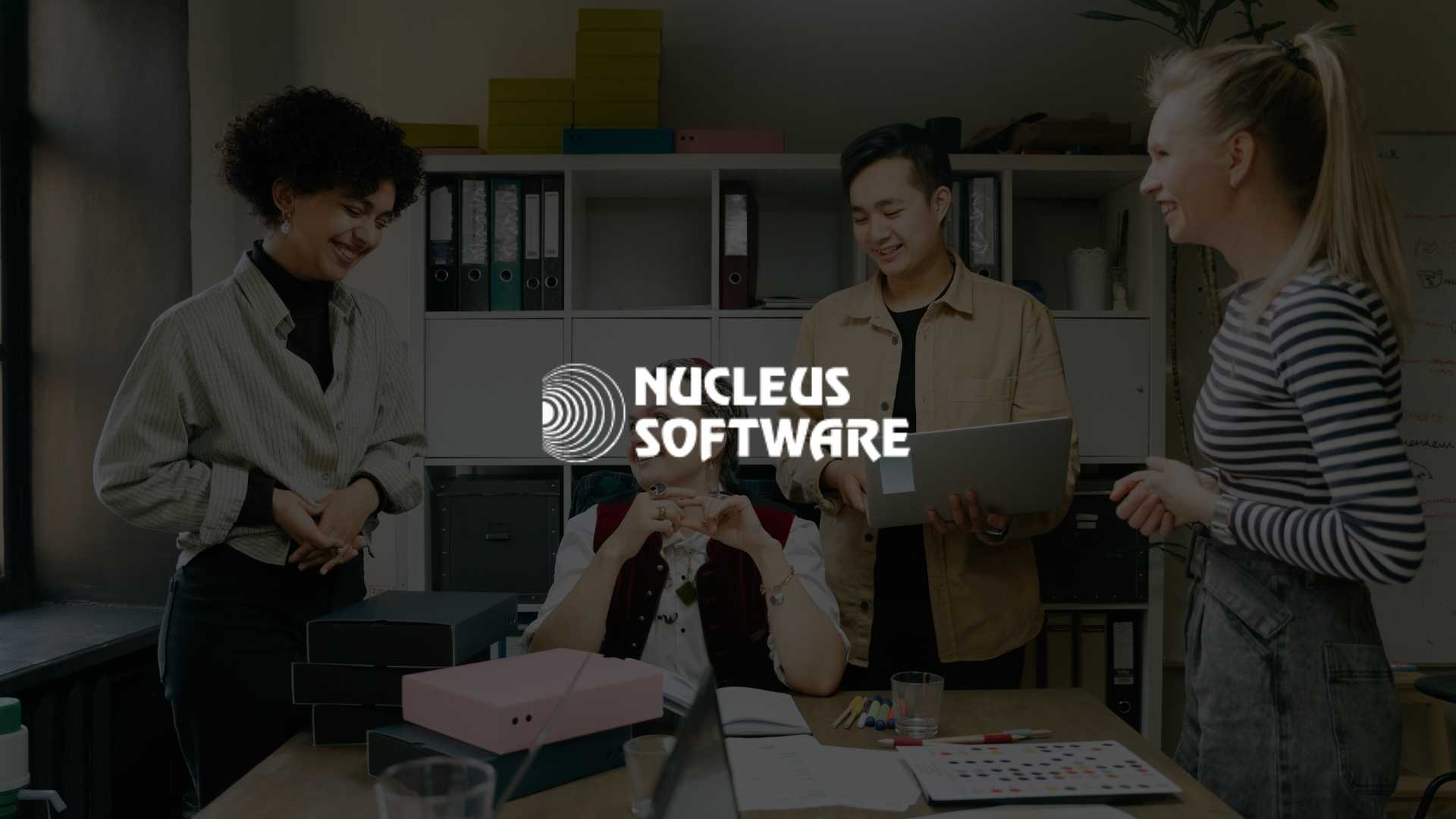Wirex Predicts Euro Stablecoins and ‘Agentic Payments’ Will Redefine Europe’s Financial Future Under MiCAR

As the EU’s landmark Markets in Crypto-Assets Regulation (MiCAR) takes effect, Wirex — the London-founded, Milan-based stablecoin payments platform and Visa/Mastercard principal member — believes the continent is on the brink of a financial transformation.
In a new whitepaper titled “Status of Digital Payments: Italy and Europe under MiCAR,” Wirex argues that euro-denominated stablecoins and AI-powered “agentic payments” will become the foundation of Europe’s next digital finance wave.
“The world has moved from mobile banking to programmable money,” said Pavel Matveev, Wirex’s Co-Founder. “Stablecoins are no longer just a crypto use case — they’re the backbone of a new financial stack where payments become intelligent, self-executing, and borderless.”
Stablecoins, MiCAR, and the New European Money Stack
The report positions MiCAR not as a regulatory constraint, but as a catalyst for stablecoin innovation. By providing legal clarity around issuance, custody, and redemption, the EU framework is expected to accelerate euro-backed token adoption — and Wirex estimates that the European stablecoin market could top €1 trillion within the decade.
That growth would mark a 10–15x surge in circulation, led by MiCAR-compliant issuers and fintechs establishing operations in regulatory-forward countries such as Italy, where Wirex has set up its European headquarters.
While roughly 95% of stablecoins today are dollar-denominated, Wirex’s report calls on EU policymakers to incentivize EUR-backed tokens as a tool for monetary sovereignty and payment innovation — a shift that could reduce reliance on U.S.-centric digital assets.
What Are “Agentic Payments”?
One of the paper’s standout ideas is the rise of agentic payments — autonomous, AI- and smart contract–driven transactions that act on behalf of users. Imagine a payment system that automatically manages subscriptions, reallocates idle funds to yield accounts, or executes bill payments when liquidity is optimal.
Wirex describes this as the dawn of “Banking 3.0” — where blockchain, smart contracts, and regulated stablecoins merge to create programmable, intelligent accounts capable of self-managing money flows in real time.
“MiCAR lays the foundation for innovation grounded in accountability,” added Dmitry Lazarichev, Wirex’s Co-Founder. “It ensures that digital finance evolves in a way that benefits both markets and participants.”
The Rise of Stablecoin-Native Neobanks
Wirex’s whitepaper envisions the emergence of stablecoin-native challenger banks — digital institutions that blend on-chain settlement, non-custodial wallets, and Visa-linked cards, enabling users to spend stablecoins directly while earning embedded yield.
This approach blurs the line between traditional fintech and crypto-native banking, creating a hybrid model where regulatory compliance becomes a competitive advantage rather than a burden.
“Italy is proving that compliance and innovation can thrive together,” said Alessandro Bruno-Bossio, Wirex’s Regional Managing Director for Italy. “By embedding MiCAR principles into every product layer — from onboarding to payments — we’re creating a blueprint for safe, scalable, and transparent stablecoin banking.”
Policy Outlook: A Roadmap for the EU
Wirex’s report concludes with a policy wishlist aimed at ensuring the EU remains a global leader in digital finance:
- Harmonise MiCAR implementation across member states to avoid regulatory fragmentation.
- Expand sandboxes for AI-driven and stablecoin-based payments innovation.
- Incentivize EUR-stablecoin adoption at both merchant and card-network levels.
- Ensure interoperability between private stablecoins and the European Central Bank’s upcoming digital euro.
Why It Matters
Wirex’s findings land as Europe positions itself as the most structured global jurisdiction for digital assets. With MiCAR now setting the rulebook, the EU has the chance to turn regulatory certainty into a competitive moat — attracting fintechs, banks, and Web3 builders seeking compliant ways to innovate.
The takeaway is clear: the next evolution of payments won’t be crypto versus banks — it’ll be crypto inside banks.
And if Wirex’s projections are right, the euro may soon reclaim its monetary influence — one stablecoin at a time.


